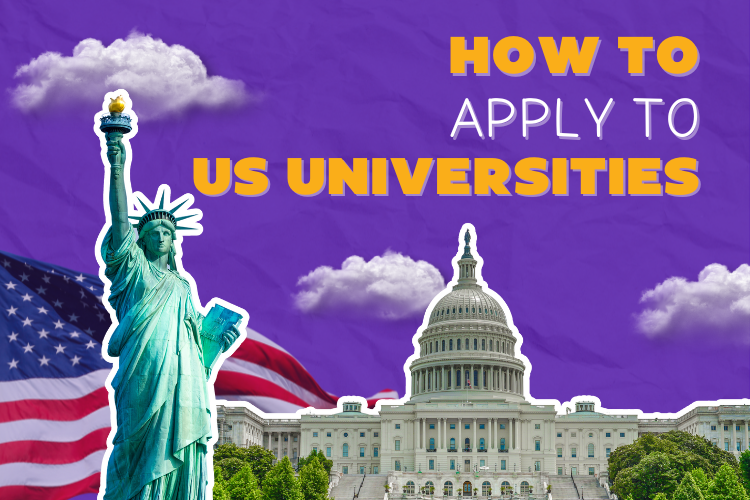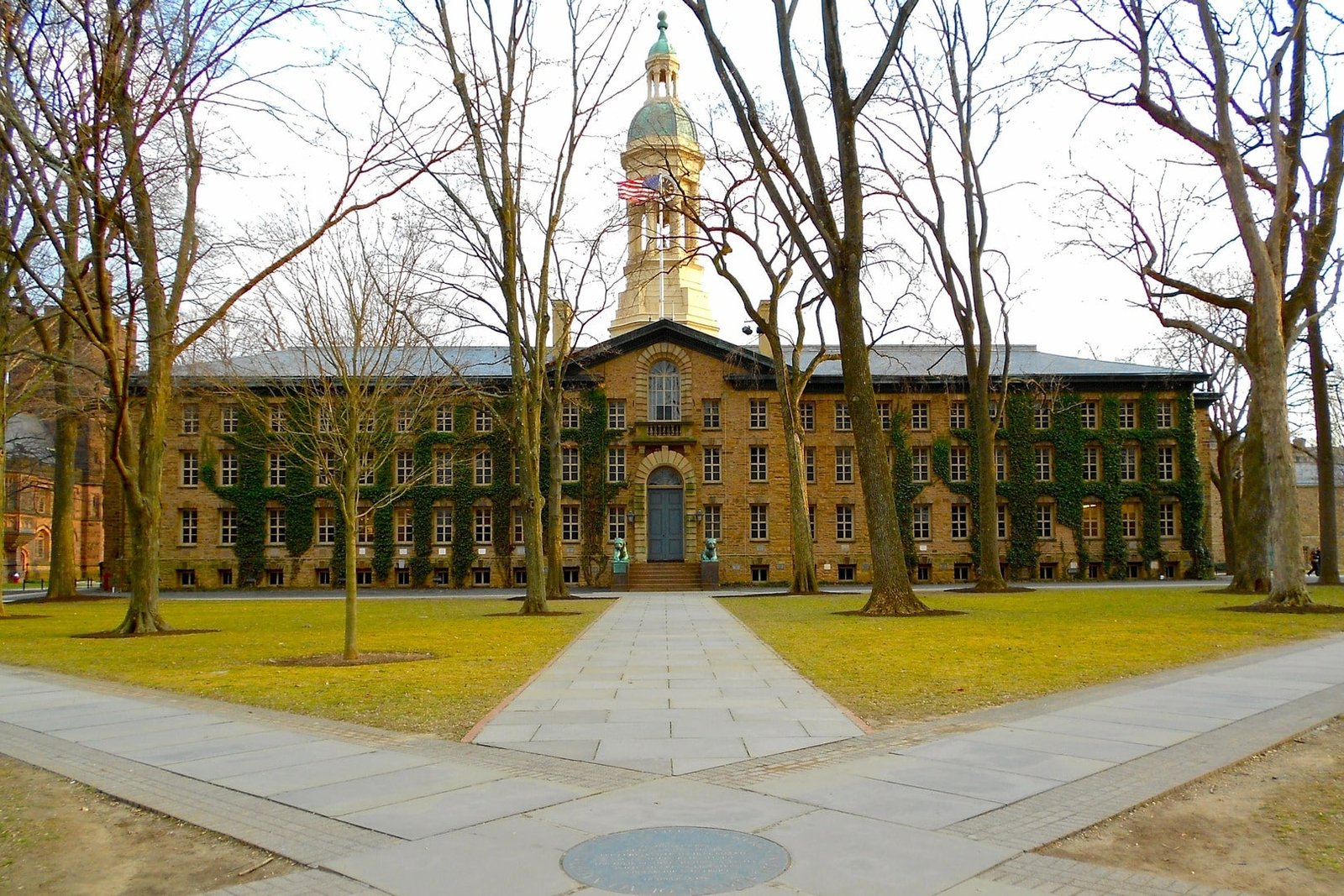Higher education in the USA encompasses a diverse range of institutions, including community colleges, liberal arts colleges, research universities, and specialized schools. Here’s an overview of the key components:
Types of Institutions
- Community Colleges:
- Offer two-year associate degrees and certificates.
- Serve as a pathway to four-year institutions.
- Focus on vocational training and general education.
- Liberal Arts Colleges:
- Emphasize undergraduate education.
- Provide a broad-based education in the humanities, social sciences, and natural sciences.
- Known for small class sizes and close faculty-student interactions.
- Research Universities:
- Offer undergraduate, graduate, and professional degrees.
- Emphasize research and have significant funding for research projects.
- Typically larger with a wide range of programs and facilities.
- Specialized Schools:
- Focus on specific fields like engineering, business, art, or music.
- Often highly competitive and renowned in their specialties.
Degrees Offered
- Associate Degrees:
- Typically two years of study.
- Offered by community colleges.
- Bachelor’s Degrees:
- Typically four years of study.
- Offered by colleges and universities.
- Master’s Degrees:
- Typically two years of study beyond a bachelor’s degree.
- Includes MA, MS, MBA, and others.
- Doctoral Degrees:
- Vary in length (3-7 years) depending on the field.
- Includes PhD, EdD, MD, JD, etc.
Admission Process
- Standardized Tests:
- SAT or ACT for undergraduate admissions.
- GRE, GMAT, LSAT, MCAT for graduate and professional schools.
- Application Components:
- Transcripts, letters of recommendation, personal statements/essays.
- Extracurricular activities and work experience.
- Application Systems:
- Common Application, Coalition Application, individual school applications.
Financial Aid
- Federal Aid:
- Pell Grants, Stafford Loans, PLUS Loans.
- Work-study programs.
- State Aid:
- Varies by state; may include grants and scholarships.
- Institutional Aid:
- Scholarships, grants, and work-study programs offered by the institutions themselves.
- Private Scholarships:
- Offered by organizations, corporations, and foundations.
Key Trends and Issues
- Rising Costs:
- Tuition and fees have been increasing, leading to higher student debt.
- Efforts to address affordability and financial aid reform.
- Online Education:
- Growth in online degree programs and courses.
- Increasing acceptance and integration of technology in education.
- Diversity and Inclusion:
- Initiatives to improve access and support for underrepresented groups.
- Focus on creating inclusive campus environments.
- Globalization:
- Attracting international students.
- Developing global partnerships and study abroad programs.
Higher education in the USA is dynamic and continues to evolve to meet the needs of students and society.



